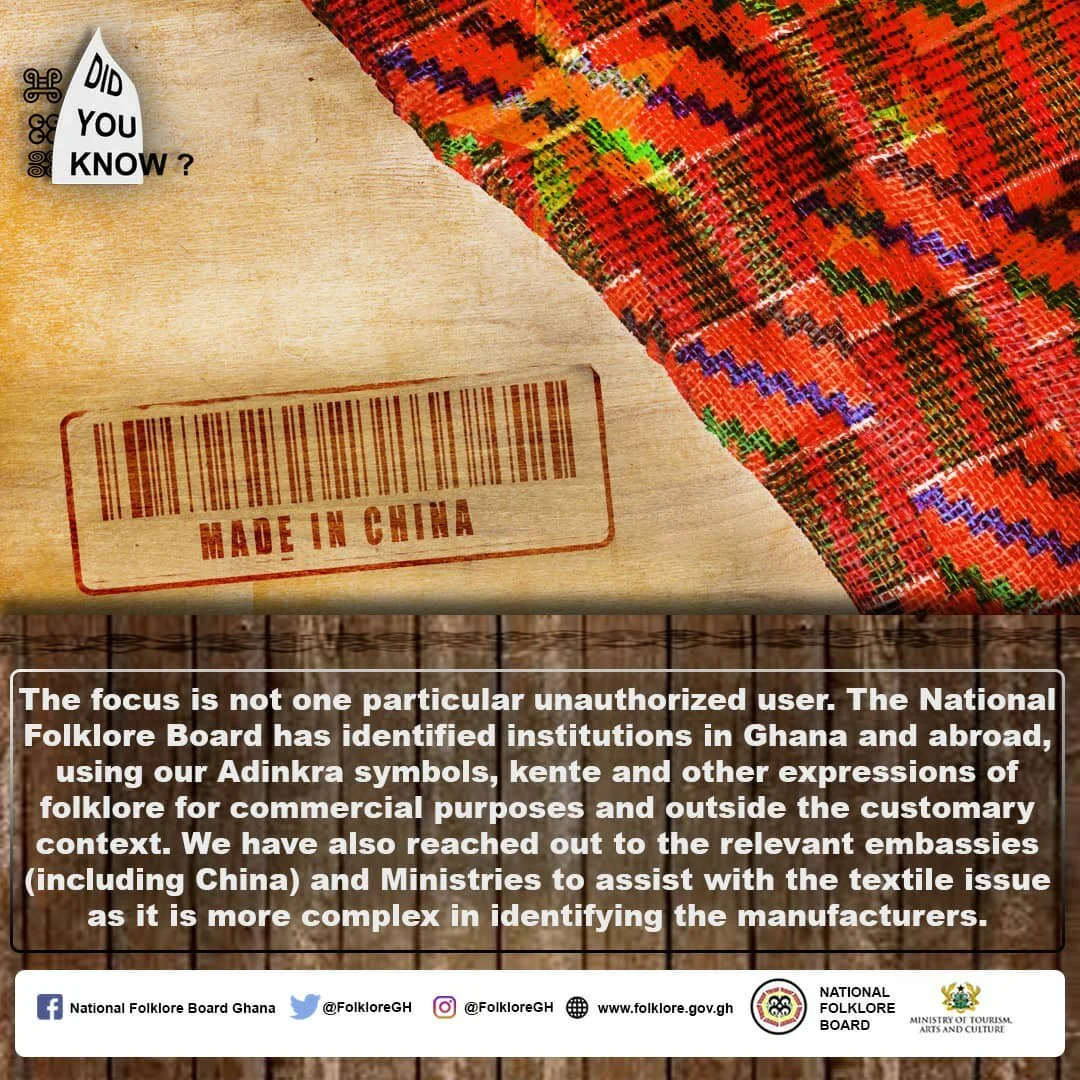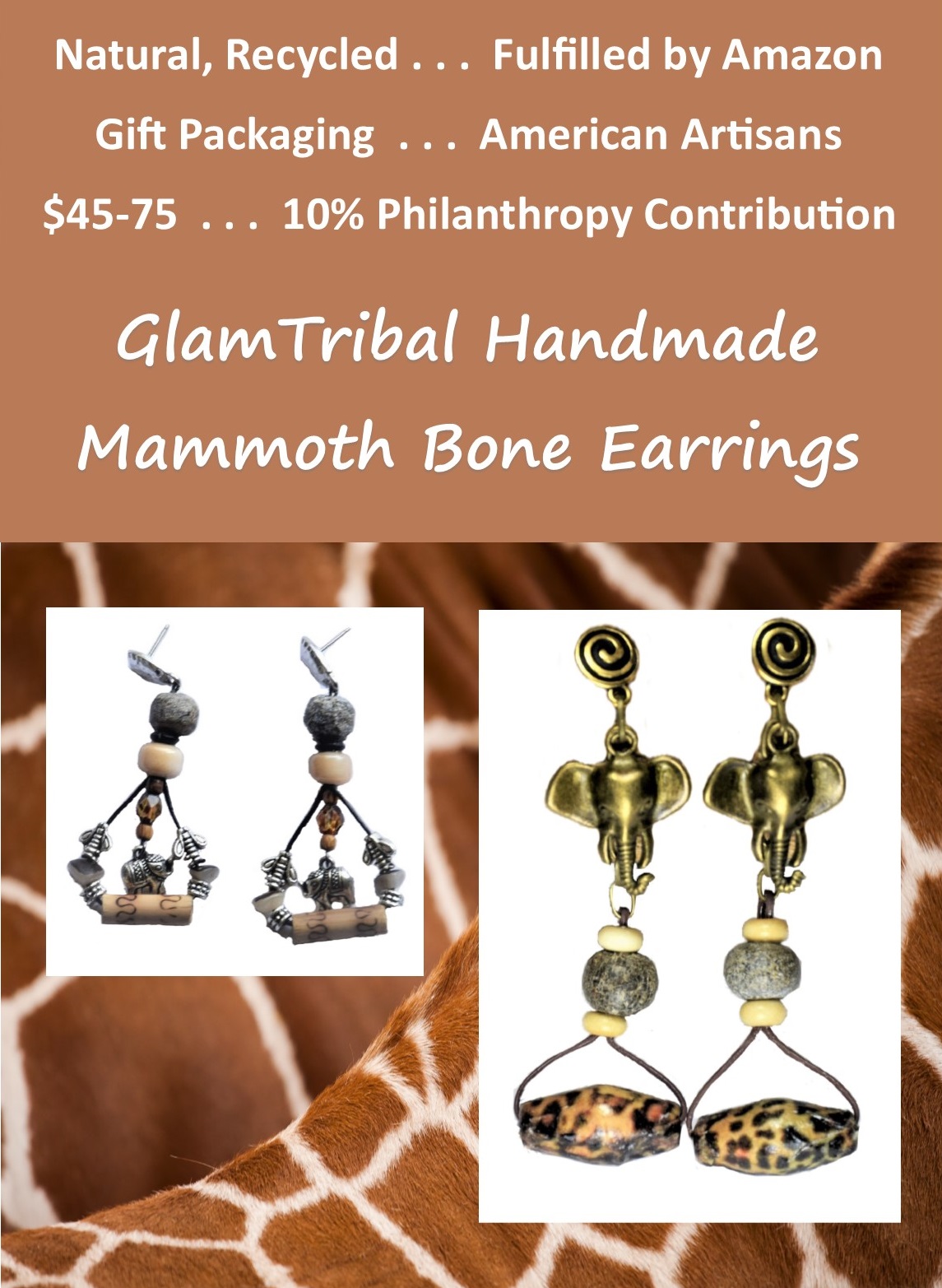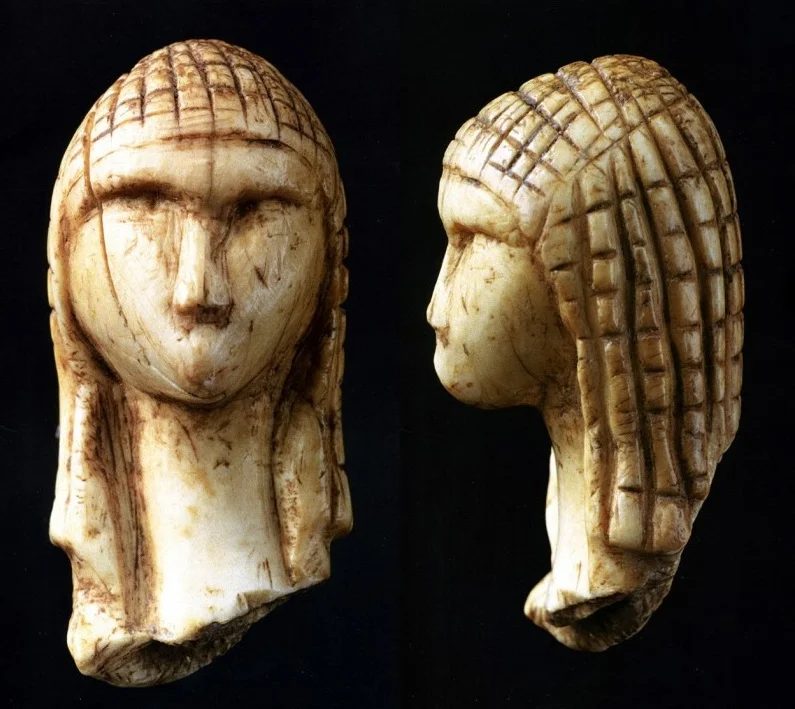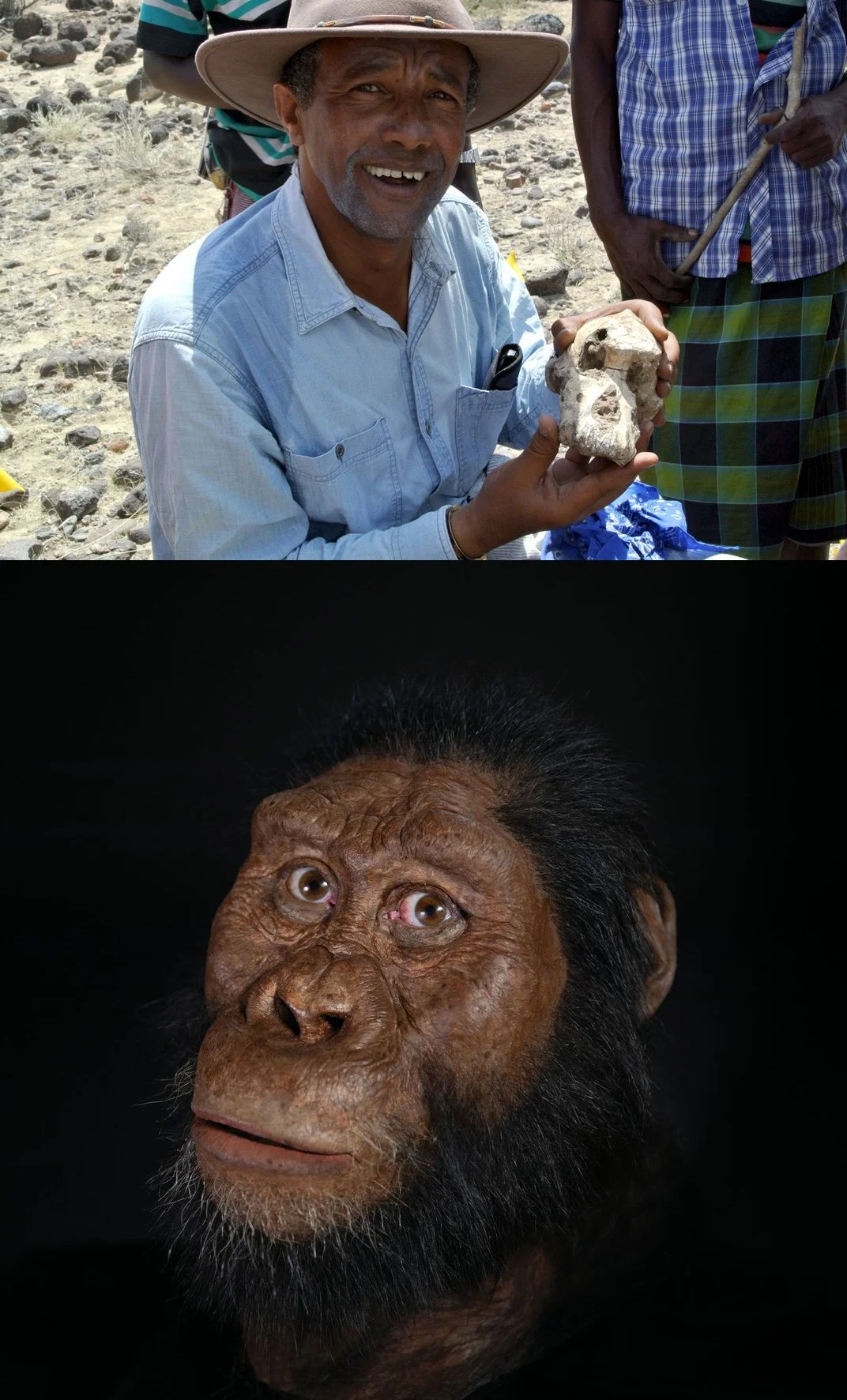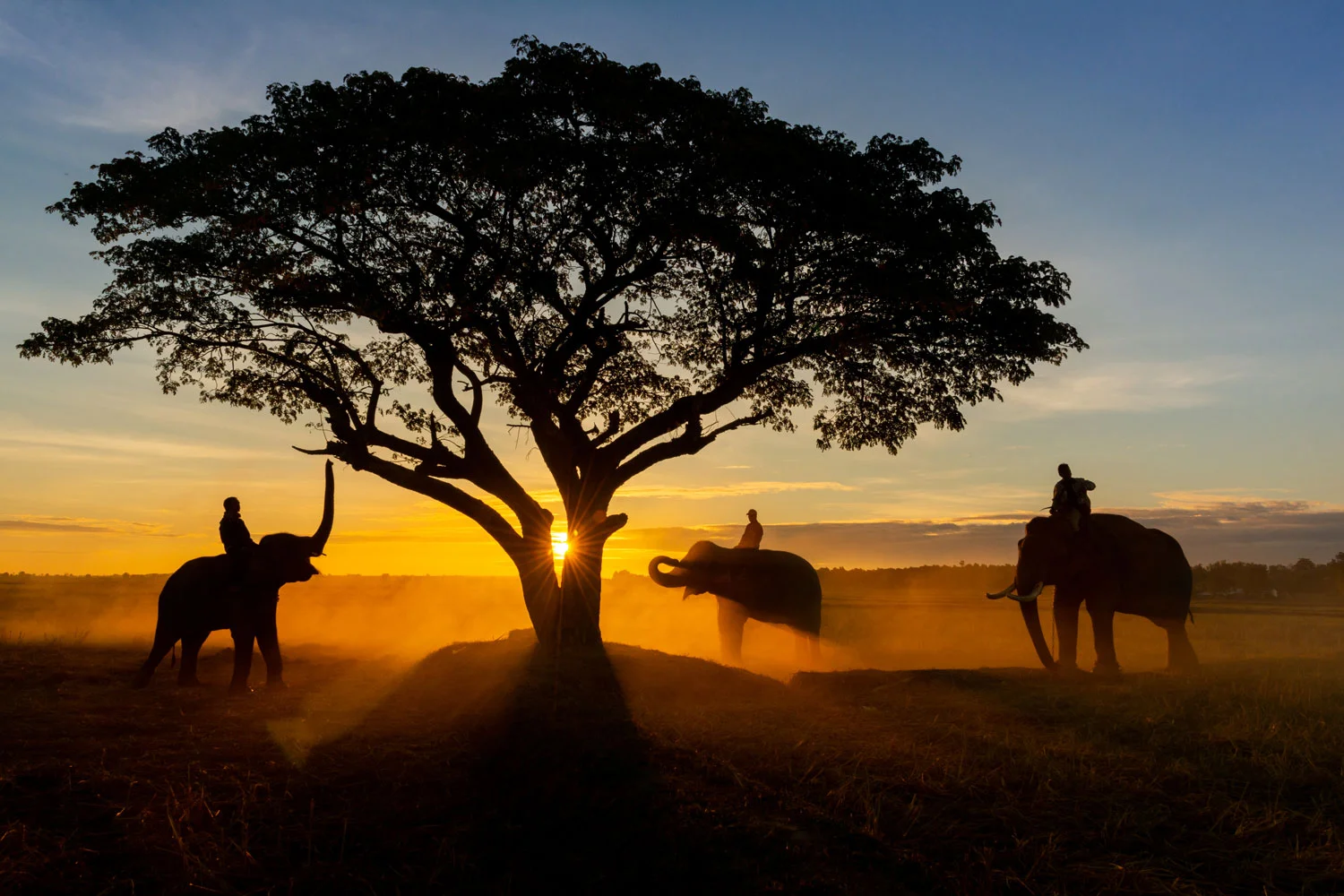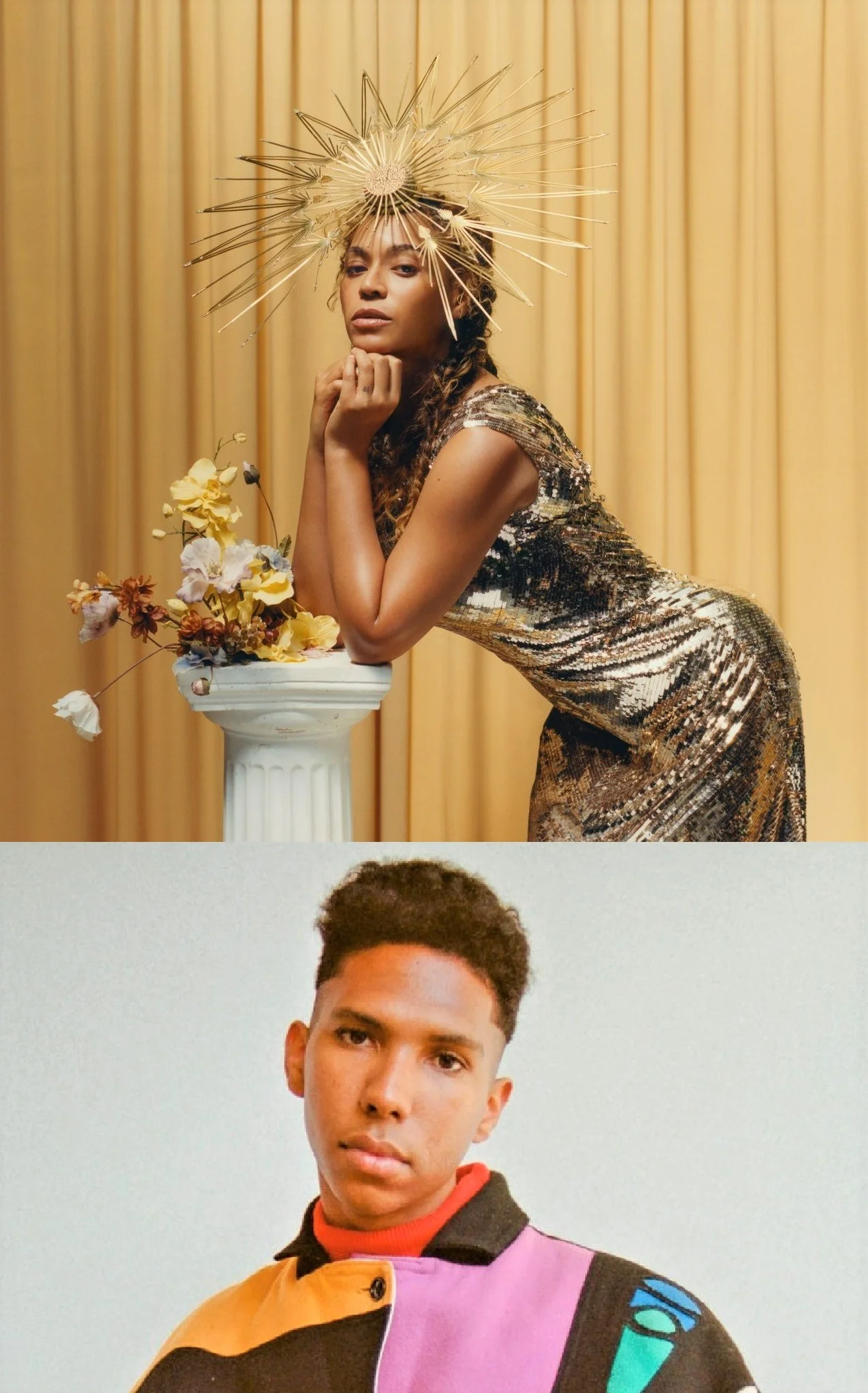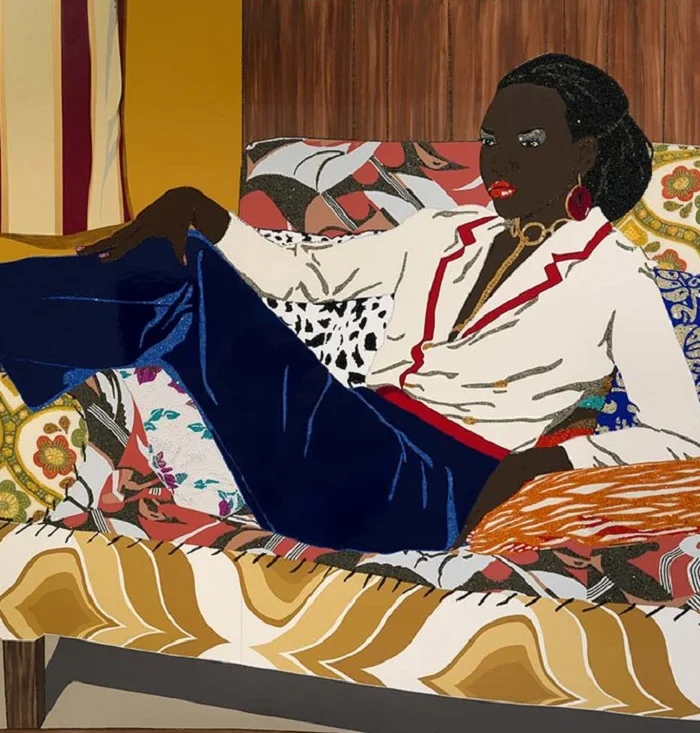Meet the Powerhouse Talent Team Behind 'Harriet' Movie: Erivo, Lemmons, Martin-Chase
/Essence Magazine interviews Tony-Award winner Cynthia Erivo about her starring role as the fearless abolitionist Harriet Tubman in the highly-anticipated biopic ‘Harriet’. I recall seeing Erivo in her powerhouse performance as Celie in the Broadway presentation of ‘The Color Purple’.
The film, which opened Friday and is discussed in depth in AOC’s The True Story Behind the Harriet Tubman Movie -- An Epic Tale of Fearless Heroism tells the story of a determined 5’1” abolitionist who freed more than hundreds of slaves, including herself. A union spy during the Civil War, Tubman was the first woman to lead a military expedition of its kind in America, when she led soldiers with Colonel James Montgomery to raid rice plantations along the Combahee Rover in South Carolina.
THE FILM BRIEFLY DEPICTS THE CIVIL WAR MILITARY EXPEDITION THAT FREED AROUND 750 ENSLAVED PEOPLE AND WAS THE FIRST OF ITS KIND TO BE LED BY A WOMAN. (GLEN WILSON/FOCUS FEATURES)
The film is directed by Kasi Lemmons, whose pedigree includes directing the critically acclaimed and award-winning Southern Gothic film ‘Eve's Bayou’ and her 2007 biopic ‘Talk To Me’ about legendary radio DJ Petey Green. She was described by film scholar Wheeler Winston Dixon as "an ongoing testament to the creative possibilities of film".
Producer Debra Martin-Chase. is affiliated with Universal Television, a division of NBC Universal Television Group. It was affiliated with the Walt Disney Company from 2001 to 2016. How refreshing to read Martin-Chase’s comments on BlackEnterprise.com, addressing head-on some commentary of the film from black critics, who are “slave fatigued”.
“This is NOT a slave movie,” Debra Martin Chase declares, her passion for her latest production, Harriet, crackling through the phone. “This is a movie about freedom and empowerment. This is a movie that says we cannot control the circumstances into which we are born, but we can control what we do once we get here.”
“A lot of us are waking up every day feeling hopeless and helpless, and this film is a reminder to all of us that we can each make a difference, in our families, in our churches, our communities, our countries, our world,” she says. “Harriet saved herself, members of her family, and countless others. She changed people’s lives, she changed the course of history. This is an action hero origin story. She was a badass!”
AOC is tracking commentary around the film in our long piece from Smithsonian Magazine, anchor for the National Museum of African American History and Culture — including the responses of women writers vs male writers. And for the record, white people should learn from the complex discussion and keep our mouths shut. ~ Anne
The True Story Behind the Harriet Tubman Movie -- An Epic Tale of Fearless Heroism AOC GlamTribal Blog
The ‘Harriet’ trailer gives you an idea of what’s to come from this hyper-talented cast of black women creatives and business executives.














